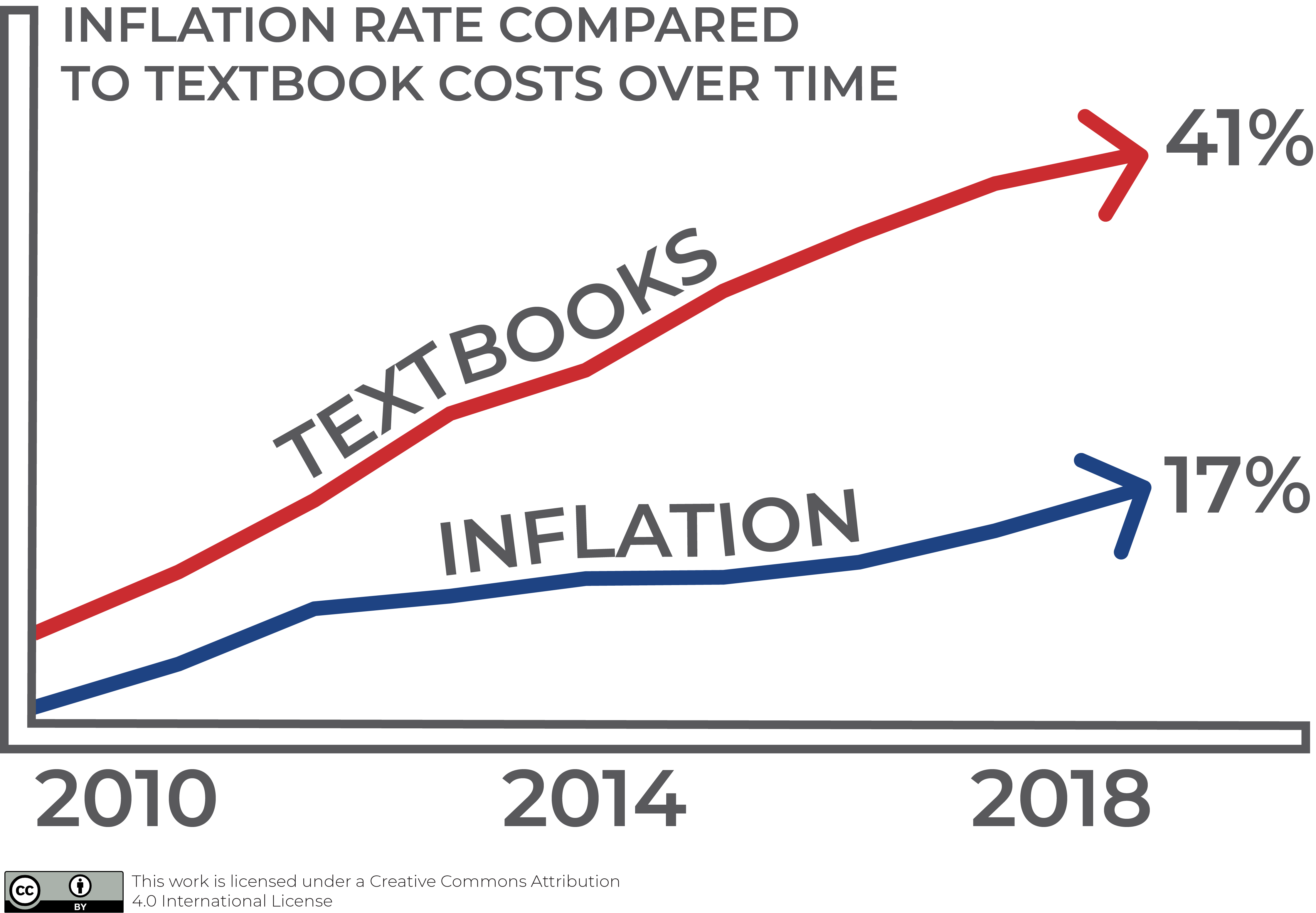Theme
From OER to Open Pedagogy:
Harnessing the Power of Open

Robin DeRosa
Plymouth State University
and
Scott Robison
Portland State University
Excerpted with grateful attribution to the authors, as permitted by Creative Commons License: CC-BY 4.0 from Open: The Philosophy and Practices that are Revolutionizing Education and Science.
Editors’ Commentary
The unaffordability of education—whether in terms of tuition or textbooks—has undoubtedly made the ‘free’ element of Open a rallying cry. However, as the open education movement matures, the fulcrum of this discussion appears to be shifting from an emphasis on the adoption of open educational resources to an embrace of open educational practices…
Understanding the Value of Open
There is no question that Open Educational Resources can save students money, and there is no question that the cost of higher education can be prohibitive for many students, so lowering costs is a shared imperative for those of us who are committed to educational access. But lowering costs always has to be contextualized into larger goals about learning. … So what about OER make them a good choice for adoption in the classroom? What, aside from cost-savings, make them valuable to education?

OER are free, digital, easily shared learning materials. Though colleges will have to address hardware issues (it would be a mistake not to acknowledge that access to the online world has real costs, and that free materials can only be freely available when institutions assure provision for all students), the potential that OER have to lower skyrocketing textbook costs is promising. When you look at the majority of research and press about OER, they focus on the rising costs of textbooks and the phenomenal cost-saving potential of OER. Individual students could save thousands of dollars over the course of an academic degree; colleges and universities could save hundreds of thousands — even millions — for their student bodies. In addition, institutions stand to strengthen their own financial health as they improve retention and enrollment rates by committing to OER initiatives. So, should faculty convert to OER because it’s cheaper for students…or our institutions? …or is something larger at stake here?
First, we need a corrective to the definition in the previous paragraph, since it’s not enough to say that ‘OER are free, digital, easily shared learning materials.’ To be ‘open’ as well as free, educational materials must carry an open license (usually a Creative Commons license), meaning that OER can be reused, remixed, revised, redistributed, and retained. In other words, OER are flexible, and they empower faculty and students to work together to customize learning materials to suit specific courses and objectives.
OER are flexible, and they empower faculty and students to work together to customize learning materials to suit specific courses and objectives.
It’s the way that the learning materials respond to learners and teachers that makes OER exciting; what should really galvanize faculty with an interest in educational transformation are the possibilities for pedagogical change that OER make explicit.
By replacing a static textbook — or other stable learning material — with one that is openly licensed, faculty have the opportunity to create a new relationship between learners and the information they access in the course.
Instead of thinking of knowledge as something students need to download into their brains, we start thinking of knowledge as something continuously created and revised.
Instead of thinking of knowledge as something students need to download into their brains, we start thinking of knowledge as something continuously created and revised.
Whether students participate in the development and revision of OER or not, this redefined relationship between students and their course ‘texts’ is central to the philosophy of learning that the course espouses. If faculty involve their students in interacting with OER, this relationship becomes even more explicit, as students are expected to critique and contribute to the body of knowledge from which they are learning. In this sense, knowledge is less a product that has distinct beginning and end points and is instead a process in which students can engage, ideally beyond the bounds of the course.
If texts — content — are at the heart of a course, and if content is now shaped into a process that depends on learner engagement in order to function fully, then OER propel us into truly student-centered territory. This territory might more aptly be described as ‘learner-centered’ or even ‘learner-directed’ if we follow through on the open pedagogy towards which OER gesture. (For the purposes of this inquiry, this article defines ‘open pedagogy’ in a way that remixes and revises the complex definition of ‘critical digital pedagogy’ set forth by Jesse Stommel.)
OER make possible the shift from a primarily student-content interaction to an arrangement where the content is integral to the student-student and student-instructor interactions as well.
What we once thought of as pedagogical accompaniments to content (class discussion, students assignments, etc.) are now inextricable from the content itself, which has been set in motion as a process by the community that interacts with it.
Moreover, students asked to interact with OER become part of a wider public of developers, much like an open-source community. We can capitalize on this relationship between enrolled students and a broader public by drawing in wider communities of learners and expertise to help our students find relevance in their work, situate their ideas into key contexts, and contribute to the public good. We can ask our students — and ourselves as faculty — not just to deliver excellence within a prescribed set of parameters, but to help develop those parameters by asking questions about what problems need to be solved, what ideas need to be explored, what new paths should be carved based on the diverse perspectives at the table.
Open pedagogy uses OER as a jumping-off point for remaking our courses so that they become not just repositories for content, but platforms for learning, collaboration, and engagement with the world outside the classroom.
Open pedagogy uses OER as a jumping-off point for remaking our courses so that they become not just repositories for content, but platforms for learning, collaboration, and engagement with the world outside the classroom.
The Power of Open: A concluding thought
If we think of OER as just free digital stuff, as products, we can surely lower costs for students; we might even help them pass more courses because they will have free, portable, and permanent access to their learning materials. But we largely miss out on the opportunity to empower our students, to help them see content as something they can curate and create, and to help them see themselves as contributing members to the public marketplace of ideas.
Essentially, this is a move from thinking about OER as open textbooks and thinking about them as opening textbooks...and all sorts of other educational materials and processes. When we think about OER as something we do rather than something we find/ adopt/acquire, we begin to tap their full potential for learning.

Citation
DeRosa, R. and Robison S. 2017. From OER to Open Pedagogy: Harnessing the Power of Open. In: Jhangiani, R S and Biswas-Diener, R. (eds.) Open: The Philosophy and Practices that are Revolutionizing Education and Science. Pp. 115–124. London: Ubiquity Press. DOI: https://doi.org/10.5334/bbc.i. License: CC-BY 4.0
See also
Online Access to the Full Version
Open: The Philosophy and Practices that are Revolutionizing Education and Science
